
Frederick McKinley Jones: The Engineer Who Kept It Cool
Frederick McKinley Jones: The Engineer Who Kept It Cool
Get ready to meet one of the coolest inventors of the 20th century, Frederick McKinley Jones! Born in Cincinnati, Ohio on May 17, 1893, Jones had an insatiable curiosity for how things worked. Unfortunately, he had to drop out of school when he was just nine years old because his mother passed away. But that didn't stop him from learning!
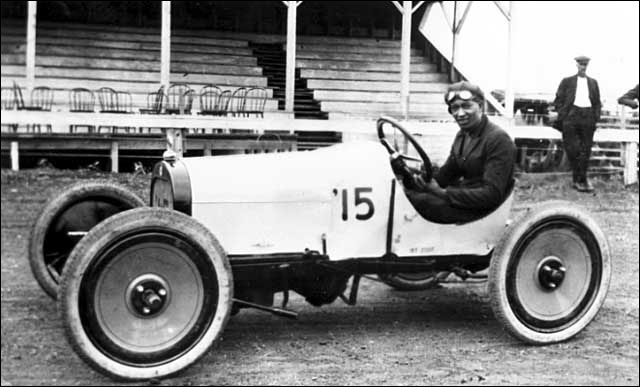
At the age of sixteen, Jones began working as a mechanic's helper at a garage in Cincinnati. He spent most of his time observing the mechanics as they worked on cars, taking in as much information as possible. His love for cars soon landed him a promotion to shop foreman, and by the time he was nineteen, he had built and driven several cars in racing exhibitions. He even became one of the most well-known racers in the Great Lakes region!
During World War I, Jones served as an electrician in France. He rewired his camp for electricity, telephone, and telegraph service while he was there. After being discharged from the Army in 1919, he moved to Hallock, Minnesota to study electronics. To make ends meet, Jones often aided local doctors by driving them around for house calls during the winter season. When navigation through the snow proved difficult, Jones attached skis to the undercarriage of an old airplane body and attached an airplane propeller to a motor. He was soon whisking doctors around town at high speeds in his new "snow machine."
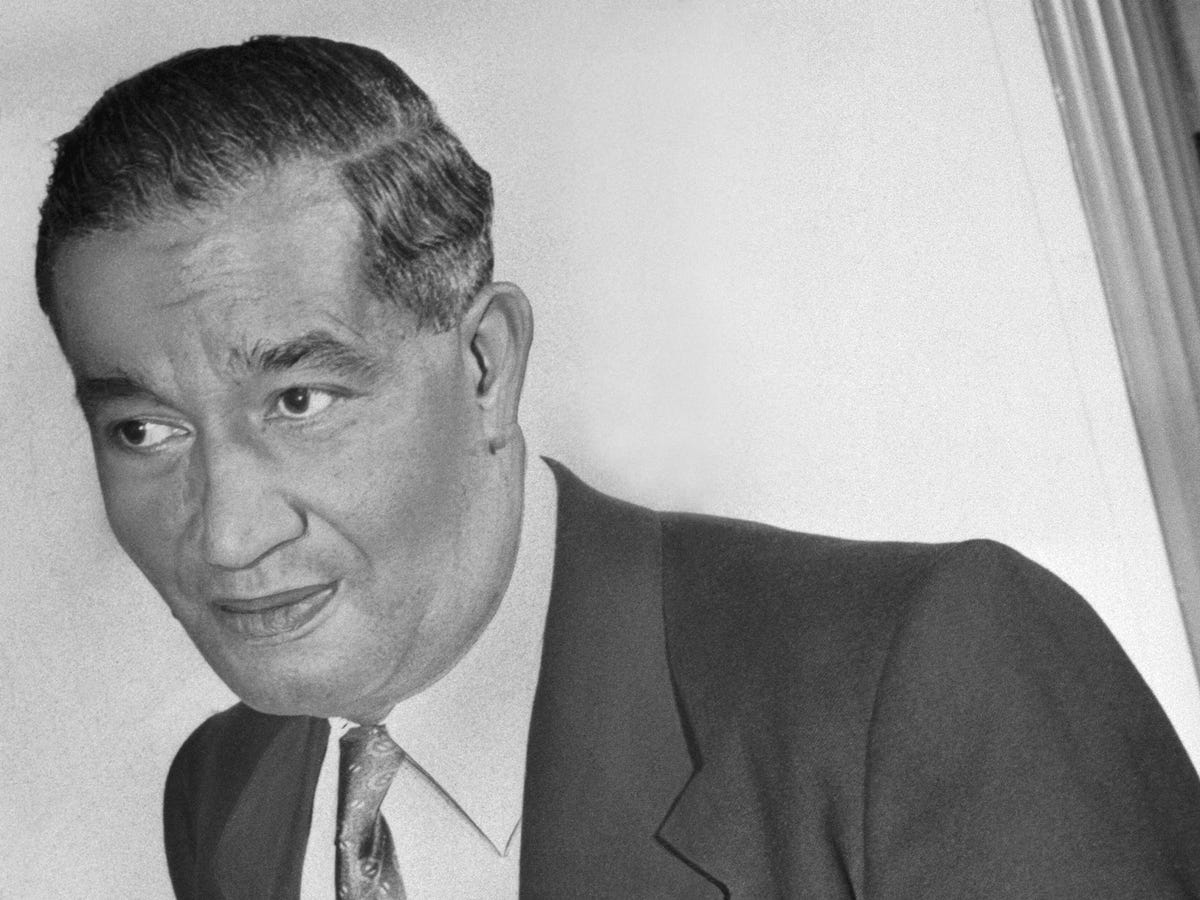
Over the next few years, Jones invented more and more innovative machines. He even created a portable x-ray machine that could be taken to the patient when one of the doctors he worked for complained that he had to wait for patients to come into his office for x-ray exams. Unfortunately, Jones never thought to apply for a patent for this invention, and other men made fortunes off of their versions of the same device.
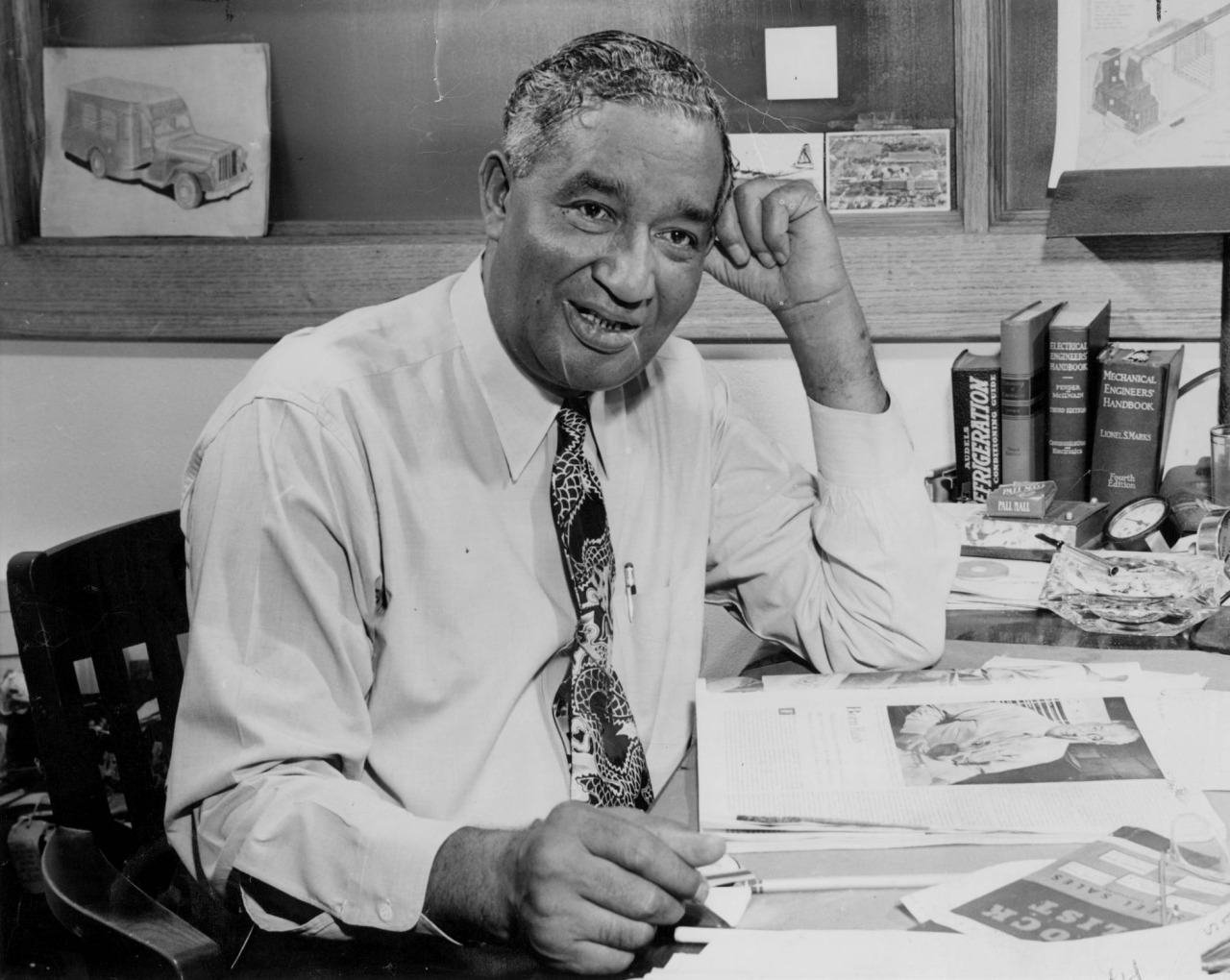
In 1927, Jones was hired as an electrical engineer by Joseph Numero, the head of Ultraphone Sound Systems. The company made sound equipment that was used in movie theaters throughout the Midwest. Always the innovator, Jones converted silent-movie projectors into talking projectors by using scrap metal for parts. In addition, he devised ways to stabilize and improve the picture quality.
In 1939, Jones invented and received a patent for an automatic ticket-dispensing machine to be used at movie theaters. He later sold the patent rights to RCA.
Jones and Numero formed a partnership called the U.S. Thermo Control Company, with Jones as vice president. He was given the task of developing a device that would allow large trucks to transport perishable products without spoiling. Jones set to work and his automatic refrigeration system, the Thermo King, was born. Eventually, he modified the original design so it could be outfitted for trains, boats, and ships.
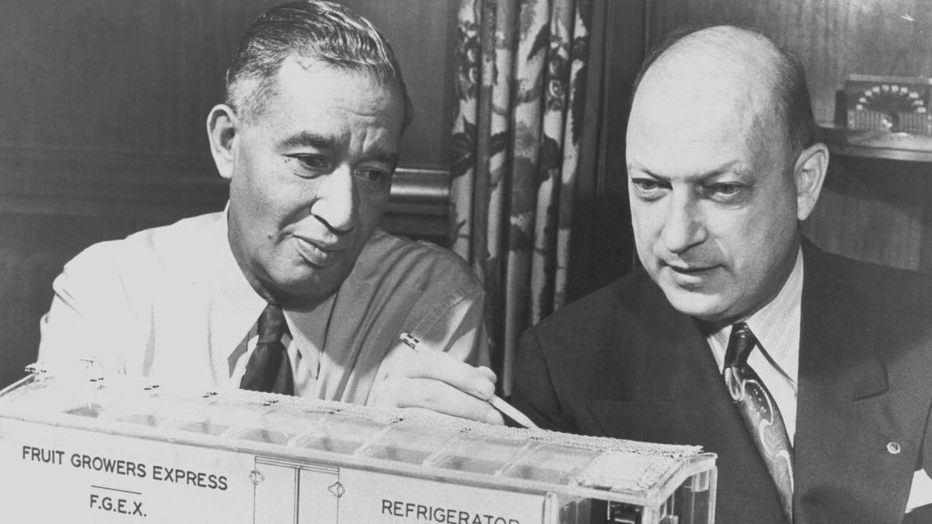
The Thermo King transformed the shipping and grocery businesses. Grocery chains were now able to import and export products that previously could only have been shipped as canned goods. As a result, the frozen food industry was born and for the first time consumers could enjoy fresh foods from around the globe. Jones' invention made U.S. Thermo a multimillion-dollar company!
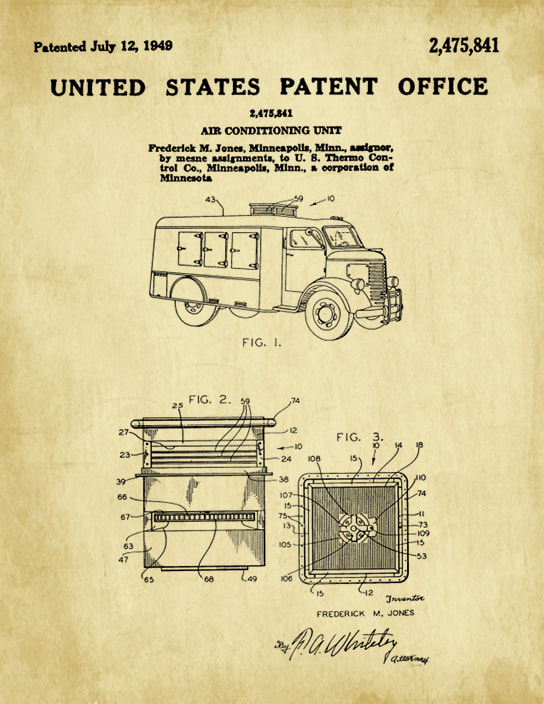
During World War II, Jones' research into refrigeration led him to create an air-conditioning unit for military field hospitals and a refrigerator for military field kitchens. As a result, many lives were saved. A modified form of his device is still in use today!
Jones was a true trailblazer. In 1944, he became the first African American to be elected into the American Society of Refrigeration Engineers. During the 1950s, he was a consultant to the U.S. Department of Defense and the U.S. Bureau of Standards.
When Jones passed away in 1961, he had more than sixty patents. In honor of his tremendous achievements as an inventor, he was posthumously awarded the National Medal of Technology. Jones was the first black inventor to ever receive such an honor.
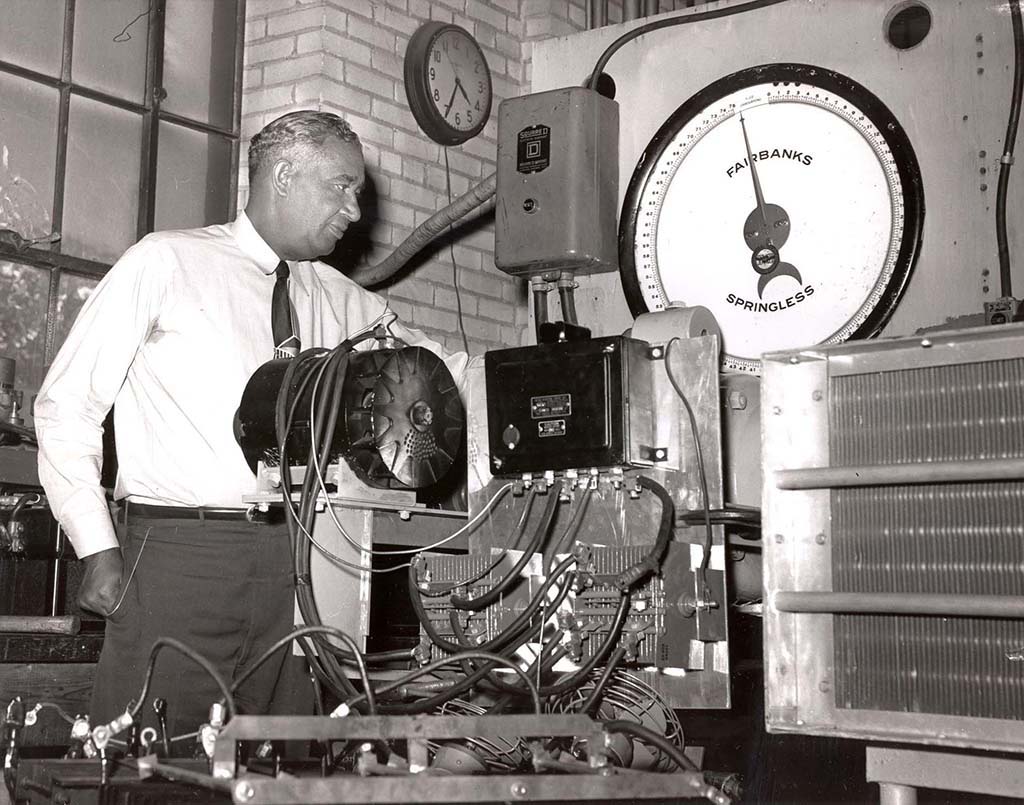
Frederick McKinley Jones was a true pioneer and trailblazer, breaking down barriers for African Americans in the fields of science, technology, engineering, and mathematics (STEM). His story is an inspiration to all young inventors, especially those who may feel that they face barriers or obstacles in achieving their dreams. If Frederick McKinley Jones could overcome so many challenges and make such a significant impact on the world, so can YOU!
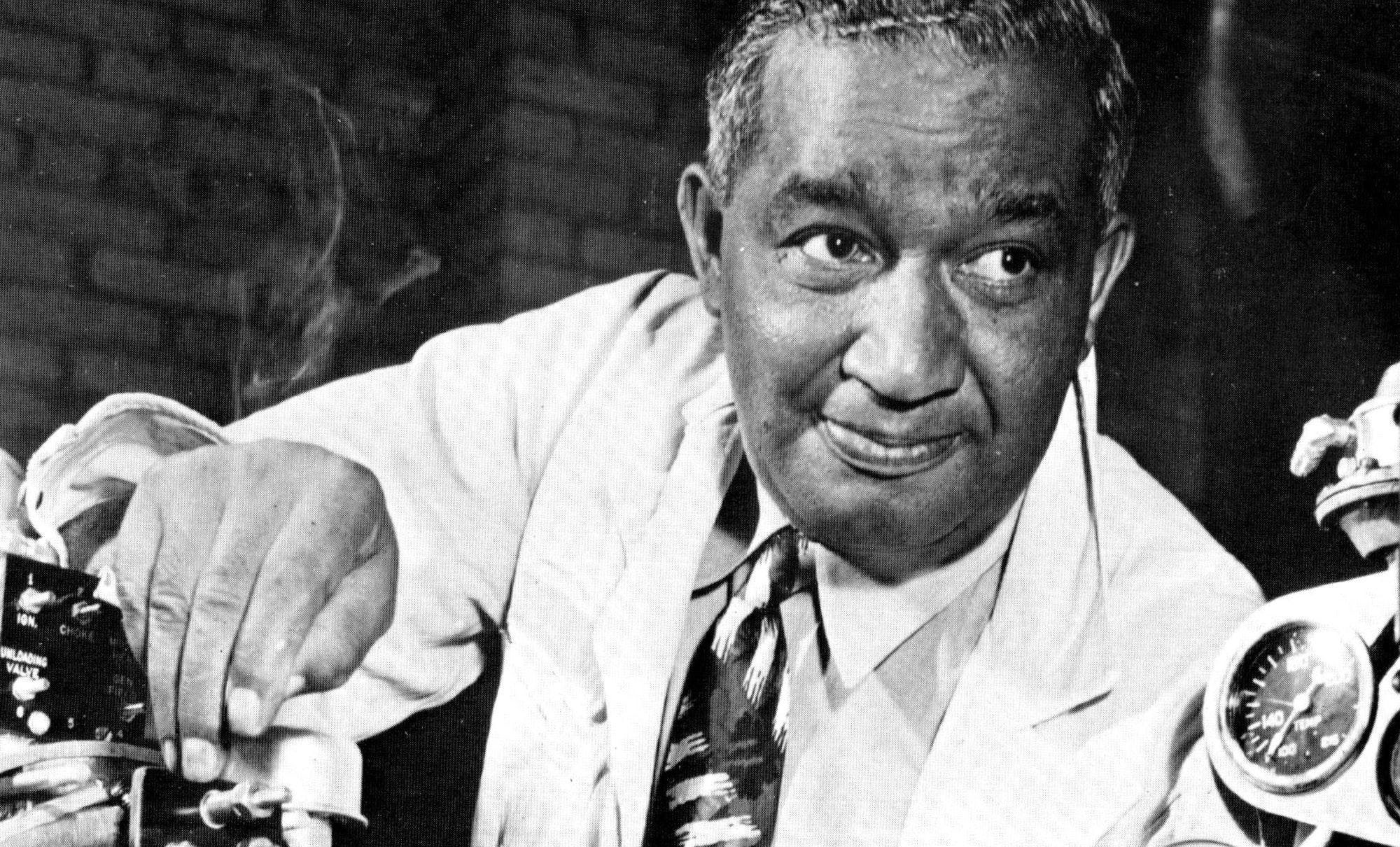

Don't Melt the Ice
Let’s explore how refrigeration works!
Materials Needed:
- Ice
- 4 plastic containers with lids
- Arrrgh Mighty Observation Journal
- 3 different types of filler like Cotton Balls, salt, styrofoam peanuts, bubble wrap, plastic, etc.
What can you spy with your scientific eye? Are you ready to explore how refrigeration works? Let’s go!
Instructions:
- Fill 3 of your plastic containers with a different filler in each container. Leave space for an ice cube.
- Place an ice cube in the empty container and put the lid on.
- Place ice cubes in each of the other 3 containers and close the lids.
- Set a timer for 5 mins and check each container. Make note of which cube has melted the most.
- Set another 5 min timer and check again.
- Note which cubes held up best and which cubes melted the most.
- Write your observations in your Arrrgh Mighty Observation Journal.
Discuss with children that refrigeration keeps things cold longer and that Frederick Mckinley Jones refrigeration systems allowed perishable items to be transported further distances.

